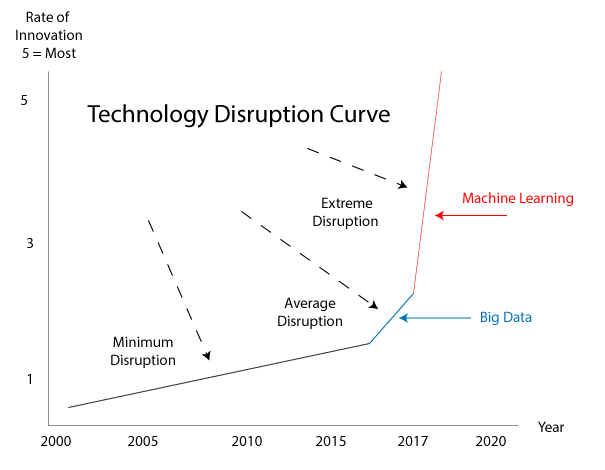CDN commoditization is coming to an end. There will be no more fighting for deals on price per GB, number of PoPs, reactive feature sets, and so on. The vendor value prop is going to shift from a price/performance conversation to functionality. In fact, the entire CDN vocabulary is going to change, starting from sales all the way up to the CEO.
The network and software stack will require massive change, and we’re not talking about adding code to the stack or functionality via APIs or optimizing BGP routing, but a complete ripping out of the existing stack. Those that rip and rebuild will have CDN PoP Architecture 3.0 and those that don’t will stay on legacy 2.0 architecture. The difference between the two is night and day.
These are bold claims backed by 400+ hours of research conducted over the last 3 months, which has been published. Our research has been focused on stream processors, batch processing, message brokers, high volume ingest, Hadoop, NoSQL, machine learning, Cassandra, Spark, deep neural nets, recurring neural nets, convolutional neural nets, different types of algorithms, backword propagation, classifers, isolation forest, and hundreds of the most mundane concepts every created by man. Here’s just a few disruptions.
- Rules Engine: Many CDNs have an automated rules engine where a client can setup caching rules for their content. The Classifier which is used in supervised machine learning models is going to force the most advanced rules engine of today back to prehistoric times
- WAF + DDoS + Bot Mitigation: These point systems which are programmed to respond to threats will be replaced by supervised and unsupervised machine learning models, including deep neural nets, recurring neural nets and a few others used in tandem
- Deep Learning: No more manual configuration of the caching stack, routing, storage, and so on; learning models are taking over operational responsibilities from the engineering teams
In the diagram below, we have plotted the disruption curve over the last several years. The takeaway, deep learning and big data are game changers, which will disrupt everything in its path within 12 months.


